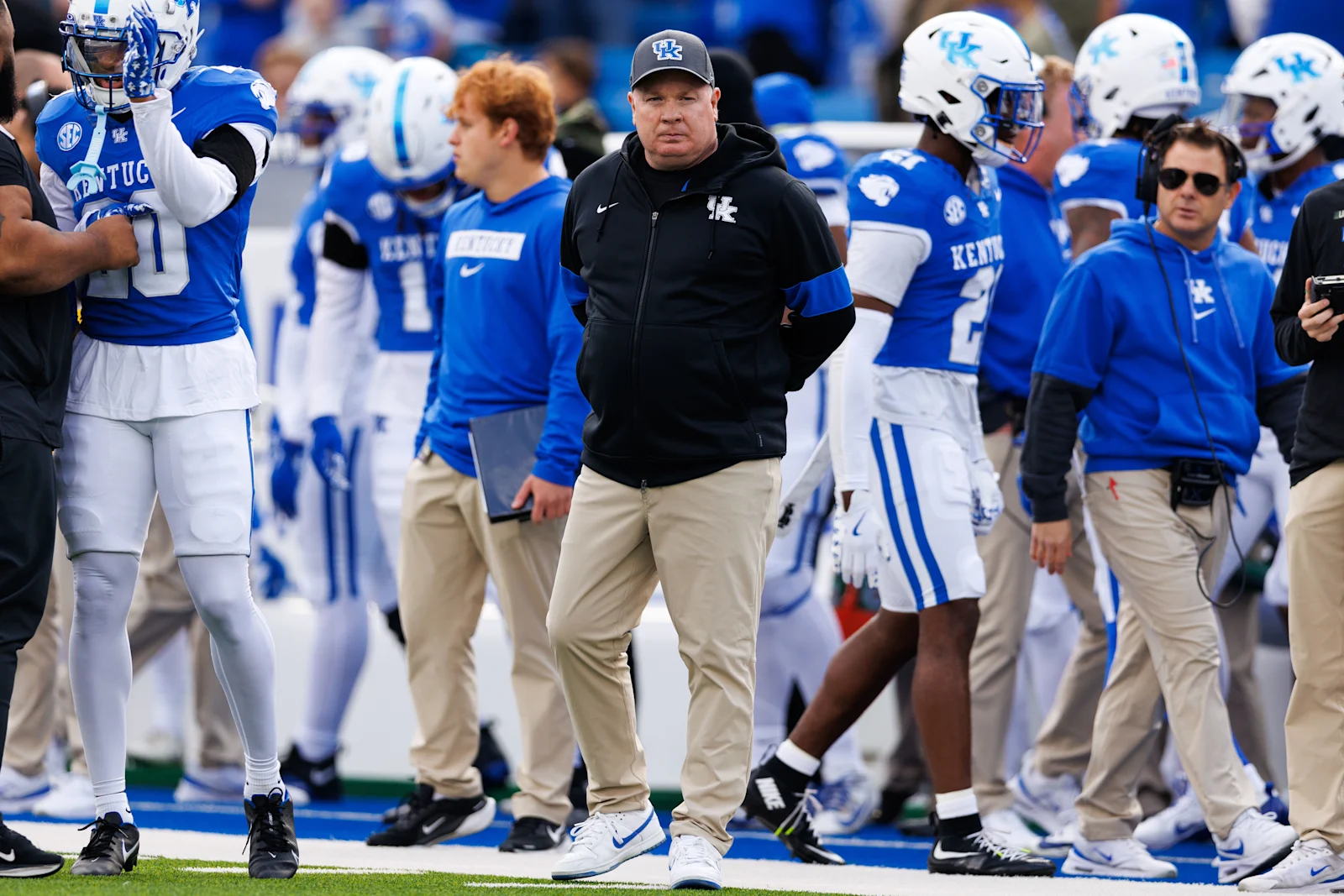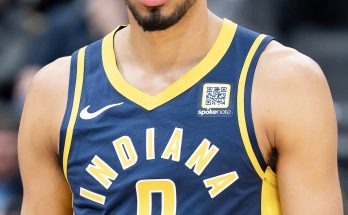Recruiting seasons are often marked by waves of excitement, surprise commitments, and rapid-fire announcements, but as we dive into the early months of the 2026 recruiting cycle, many fans and insiders alike are wondering why things seem to be moving slower than usual. The 2026 class, despite featuring an undoubtedly talented pool of athletes, has not generated the same early buzz or frenzy we have come to expect. So, what’s behind this slow start, and what factors are influencing this unusual lull?
First, it’s important to recognize that recruiting cycles are cyclical by nature. Some classes catch fire early due to a handful of high-profile commits or major reshuffles in college programs, while others simmer quietly before suddenly gaining momentum closer to signing periods. The 2026 class may simply be in one of those quieter phases, but the reasons behind this calm period are worth exploring in depth.
One significant factor impacting the slow start is the changing landscape of NCAA recruiting rules and NIL (Name, Image, and Likeness) opportunities. Since the NCAA adopted NIL policies, recruiting has become more complex. Prospects and their families are now evaluating not only the traditional factors—like coaching staffs, playing time, and program prestige—but also how a school’s NIL market will impact their financial future. This added layer means athletes often take longer to commit, waiting to see which schools can offer the most lucrative and sustainable opportunities off the field or court. This hesitation naturally slows down the pace of early commitments as athletes and their advisors carefully navigate these new waters.
Furthermore, the shifting transfer portal dynamics have caused programs to adjust their recruiting approaches. With an increased emphasis on transfers, coaches sometimes prioritize filling immediate roster needs through portal acquisitions over early high school commitments. This strategic pivot can delay the announcement of younger prospects who may not yet be ready to commit. Essentially, programs are juggling roster-building in two very different ways simultaneously, and the transfer portal’s influence is making the early stages of recruiting less predictable.
Another reason for the slow momentum might be the evolving priorities of the 2026 prospects themselves. Today’s athletes are more informed and have access to more information than ever before. Social media, recruiting platforms, and direct communication with coaches allow prospects to be more deliberate and discerning. Instead of rushing to commit early based on hype or peer pressure, many are choosing to wait, develop their skills, and get a clearer picture of which programs align best with their long-term goals. This patient approach naturally leads to fewer early commitments and more careful evaluations.
Additionally, coaching changes and uncertainty at various programs across the country can cause prospects to hold off on commitments. When a program undergoes a head coaching transition or major staff turnover, it can create uncertainty about the future playing style, culture, and development opportunities. Prospects often prefer to wait until these situations stabilize before making a firm decision. As several programs have experienced coaching changes over the last year, the ripple effect may be slowing down the 2026 class early commitments.
It’s also worth considering the impact of timing related to evaluation and exposure. Some of the top 2026 prospects have faced injuries or had fewer opportunities to showcase their abilities at major events or combines due to scheduling conflicts or lingering pandemic disruptions that still affect some regions. Without strong early exposure, these athletes may not attract the same immediate attention, leading to a slower recruitment rhythm. Furthermore, some areas are simply less scouted early in the cycle, meaning that elite prospects from certain regions may come into focus later than usual.
Moreover, recruiting in recent years has become more national and less regional. Whereas earlier recruiting classes tended to see regional runs of commitments where several athletes from the same area would commit to a nearby school, today’s prospects often wait until they have evaluated national options more thoroughly. This more calculated approach results in slower initial commitments because athletes are no longer confined to their local recruiting bubbles but instead are considering programs nationwide, weighing diverse factors before locking in.
We also can’t overlook the psychological aspect of recruiting in a more competitive NIL and transfer portal era. Some prospects may feel overwhelmed by the sheer volume of information and options available to them, leading to decision paralysis. With multiple schools vying aggressively for their signature and NIL deals on the table, the pressure to make the “right” choice is immense. This mental load can cause many athletes to delay decisions until the final moments of the recruiting window, contributing to the slower pace we’re seeing.
Additionally, recruiting calendars have shifted in recent years. With early signing periods becoming more prominent and some recruiting events moving earlier or later, the entire rhythm of recruiting is evolving. For the 2026 class, this means that while some recruits may be ready to commit, they or their coaches may be timing their announcements strategically to align with official periods or media cycles that maximize exposure and impact. This strategy can suppress the volume of early public commitments and create the illusion of a slow start.
One other subtle but impactful factor is the rise of multi-sport athletes, which still remains a significant portion of high school prospects, especially in football and basketball. Many of these athletes delay commitment decisions until they finalize their focus on a single sport. As these athletes weigh their options across multiple sports, their recruiting timeline extends, which pushes back the overall pace of the recruiting cycle for the class.
Finally, it’s important to note that a slow start doesn’t necessarily predict a weak or less impactful class overall. Recruiting cycles are full of surprises, and the 2026 class may well gain significant momentum in the coming months as programs ramp up recruiting efforts, evaluation events return to full strength, and prospects feel more comfortable making decisions. It’s not uncommon to see a surge in commitments closer to signing periods as the recruiting narrative shifts and athletes’ paths become clearer.
In conclusion, the slow start to the 2026 recruiting class can be attributed to a blend of factors including the evolving NIL landscape, transfer portal dynamics, cautious prospects, coaching uncertainties, changes in recruiting calendars, and the broader national approach to recruiting. While it may feel slower compared to previous years, the 2026 cycle remains vibrant beneath the surface, with quality talent continuing to emerge and programs adjusting strategies to this new normal. Fans and analysts should expect the recruiting chatter to pick up as the class moves deeper into the cycle, and the calm we’re seeing now may simply be the calm before a storm of commitments that will shape college football and basketball’s future. Patience and a close eye on emerging trends will be key to understanding how the 2026 class ultimately unfolds.



